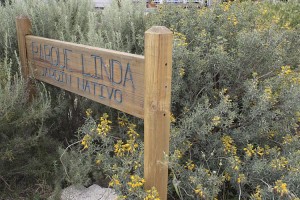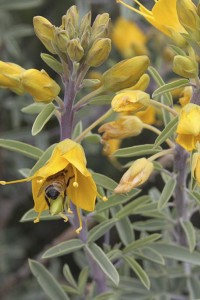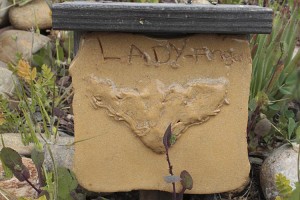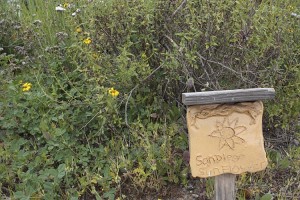Community gardens are at least as much about community as they are about gardening.
From 120 miles away, I followed in the pages of the Los Angeles Times the final days of what was then the country’s largest community garden. In a controversial land deal, the city had sold the site just south of downtown Los Angeles where almost 350 families had been growing crops for their kitchens or for sale, and the community gardeners faced having their spaces bulldozed. The story of the gardeners trying to save their spaces in the face of a city government bent on finding more profitable uses made for compelling newspaper copy, and it’s now the subject of The Garden, the Academy Award nominated documentary that is making its way around the country in general release.
Check out its most current screening dates on Facebook. The film came to town two weeks ago, but it was gone within a week, like much of the produce grown in the garden it profiled.
Yard-sharing offers a smaller-scale alternative to the larger community gardens and some of the politics that go with it. Hyperlocavore is a social network that helps to match up people who want to garden with homeowners or renters who want to produce food on their land but lack the time or expertise to do it.
It’s a fairly new space online, and not all communities have people who want to participate. Here in San Diego, for instance, there’s currently only one person on the site. But with growing press, there should be more collaborators signed up. It’s a great concept, building community, one garden at a time.
You can also check some of the other garden-based social networks on Ning: Here. There might be just the perfect space for you and your interests. And if not, you can create one.





 Left: Lukas Forest Foglia: Savuth Watering [
Left: Lukas Forest Foglia: Savuth Watering [ 